Spiny Mouse
- December 19, 2023
- 0 comment
The spiny mouse, belonging to the genus Acomys, is a fascinating rodent species that stands out for its distinctive physical features and unique characteristics. Identified by its spiky fur and prominent spines, the spiny mouse is renowned for its remarkable ability to shed its skin, a trait uncommon among rodents. This species is not without its conflicts, particularly when it comes to habitat encroachment and potential competition with other rodent species for resources. Legal status varies depending on the region, with some areas designating the spiny mouse as a protected species due to its role in maintaining ecological balance, while others may consider it a pest.
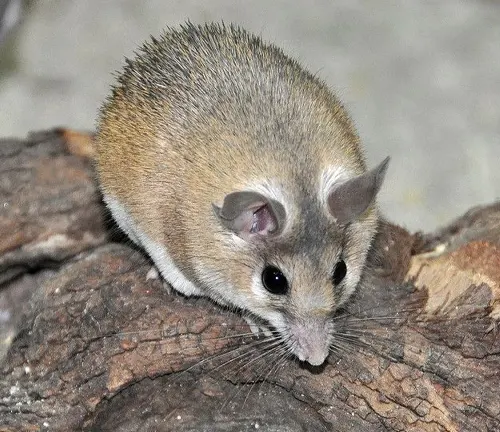
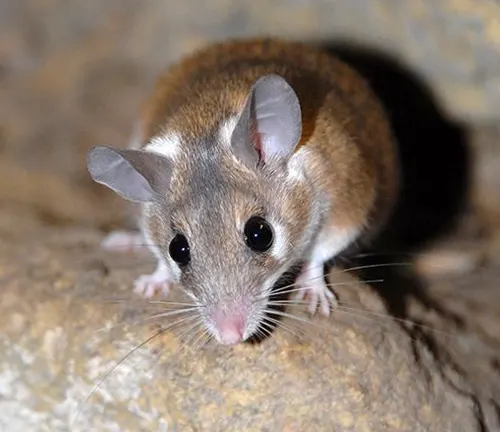
In terms of identification, the spiny mouse’s spiky coat serves as a key distinguishing feature, providing both protection and a visually striking appearance. The species showcases a range of color variations, including shades of brown, gray, and white, contributing to its adaptability in different environments. Found primarily in arid and semi-arid regions of Africa and the Middle East, the spiny mouse has a notable species range, adapting to diverse climates and terrains.
Despite its intriguing qualities, there are health and safety concerns associated with the spiny mouse, particularly in captivity. While it has gained popularity as a unique and exotic pet, potential zoonotic diseases and specific care requirements raise ethical considerations and responsibilities for those seeking to keep them as companions. Additionally, efforts to conserve natural habitats and promote coexistence with other species are crucial to maintaining the ecological balance that the spiny mouse contributes to in its native environments.
| Aspect | Details |
|---|---|
| Scientific Name | Acomys spp. |
| Common Name | Spiny Mouse |
| Physical Features | – Spiky fur and prominent spines |
| Color Variations | – Shades of brown, gray, and white |
| Special Adaptations | – Ability to shed its skin |
| Habitat | – Arid and semi-arid regions of Africa and the Middle East |
| Range | – Africa, Middle East |
| Legal Status | – Varies by region (protected species in some areas, potential pest designation in others) |
| Conflicts | – Habitat encroachment, competition with other rodent species |
| Health and Safety Concerns | – Potential zoonotic diseases in captivity, specific care requirements |
| Conservation Importance | – Plays a role in maintaining ecological balance |
Unveiling the Secrets of the Spiny Mouse: A Comprehensive Exploration
General Biology of the Spiny Mouse
The spiny mouse, belonging to the Acomys genus, is a captivating rodent species distinguished by its unique physical features and intriguing behaviors. Characterized by spiky fur and prominent spines, these rodents boast adaptations that set them apart in the world of small mammals. Delving into their general biology unveils the fascinating intricacies that make the spiny mouse a remarkable creature.

A Cycle of Life
One of the intriguing aspects of the spiny mouse is its reproductive cycle. These rodents exhibit distinctive reproductive behaviors, including a short gestation period and a remarkable ability to breed year-round. Exploring the nuances of spiny mouse reproduction sheds light on the adaptive strategies that contribute to their survival in diverse environments.

Insights into Rodent Intelligence
Observing the behavior of spiny mice reveals a range of social and individual patterns. From foraging strategies to communication within their colonies, these rodents showcase intelligence and adaptability. Unraveling the behavioral intricacies of spiny mice provides a window into their dynamic lives.
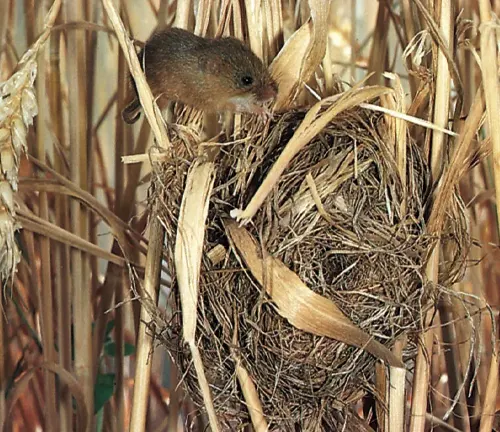
Homes in the Wild
The spiny mouse is not just an adventurer in the wild; it is also a meticulous home-builder. Examining their nesting and denning cover unveils the resourcefulness of these rodents. Whether crafting nests for their young or seeking shelter from predators, understanding their nesting behaviors provides valuable insights into their survival strategies.
Thriving in Arid Landscapes
A significant aspect of the spiny mouse’s life is its habitat preferences. Thriving in arid and semi-arid landscapes across Africa and the Middle East, these rodents have adapted to diverse ecosystems. Exploring their habitat choices sheds light on the delicate balance they maintain in the wild.
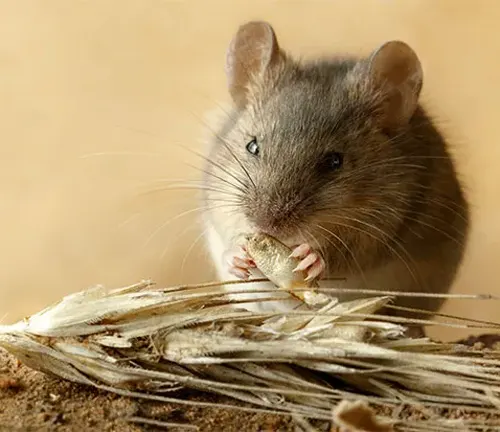
Culinary Preferences of the Spiny Mouse
The spiny mouse’s diet is a crucial aspect of its survival. From seeds and fruits to insects, these rodents display a varied palate. A closer look at their food habits unravels the dietary choices that contribute to their health and well-being.
Communication Beyond Words
While silent to the human ear, spiny mice communicate through various means. Analyzing their vocalizations, sounds, tracks, and signs provides a deeper understanding of how these rodents navigate their world. Deciphering their language offers a unique perspective on the intricate web of communication within spiny mouse communities.
Damage Identification Caused by the Spiny Mouse
Tracing the Footprints
The spiny mouse, while intriguing in its natural habitat, can sometimes leave a notable impact on landscapes. Understanding the signs of damage to natural environments, such as altered vegetation patterns and disturbances in soil structure, provides valuable insights into the ecological influence of these rodents.
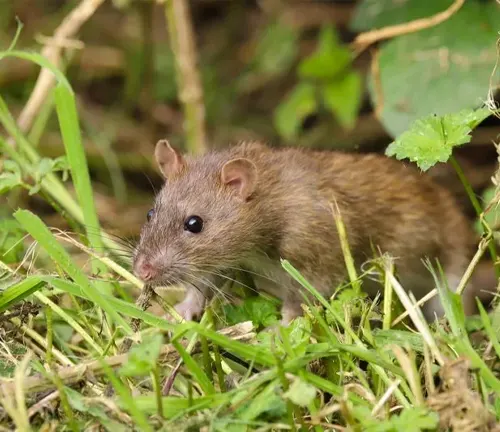
Navigating Agricultural Challenges
In agricultural settings, the spiny mouse can pose challenges by affecting crops and potentially interacting with livestock. Examining the specific types of damage inflicted on crops, from nibbled leaves to crop root disturbances, offers a closer look at the economic implications for farmers and the delicate balance required for coexistence.
Unwanted Guests in Human Spaces
As adaptable creatures, spiny mice may find their way into human-built structures, causing damage and creating potential issues. From gnawing on electrical wiring to creating nests in attics, the impact of spiny mice on structures is not to be underestimated. Exploring these instances sheds light on the challenges of mitigating damage when wildlife and human spaces intersect.
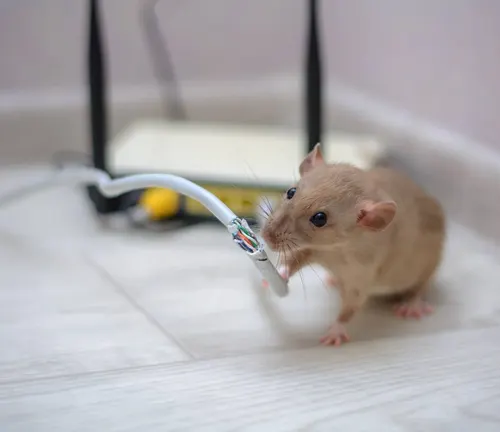
Strategies for Preventing and Controlling Spiny Mouse Damage
An Overview
The spiny mouse, while fascinating in its natural habitat, can sometimes pose challenges when it comes to damage in various settings. Implementing effective damage prevention and control methods is essential for striking a balance between coexistence and minimizing potential harm. Here, we explore a range of strategies designed to mitigate the impact of spiny mouse activity.

Shaping Environments for Harmony
One proactive approach to spiny mouse control involves modifying their habitats. By understanding the specific environmental factors that attract these rodents, targeted habitat modifications can discourage spiny mouse presence. From altering vegetation density to managing water sources, this method aims to create an environment less conducive to their thriving.
Keeping Spiny Mice at Bay
Preventing spiny mice from accessing certain areas is key to minimizing damage. Through the use of physical barriers such as fences or netting, exclusion becomes a practical strategy. Examining the effectiveness of different exclusion methods helps in devising plans that protect crops, livestock, and structures from potential harm.
Deterrence through Innovation
Incorporating frightening devices into the pest management arsenal offers a non-lethal means of discouraging spiny mouse activity. From ultrasonic devices to motion-activated tools, understanding the psychology behind these devices enhances their efficacy in deterring spiny mice and reducing their impact.

Aromatic Solutions for Rodent Control
Exploring the world of repellents provides insights into using scents and substances that spiny mice find unpleasant. From natural solutions to commercial repellents, this method aims to create an environment that spiny mice actively avoid, protecting crops and other vulnerable areas from potential damage.
A Cautionary Approach to Control
While a more aggressive strategy, the use of toxicants is sometimes necessary for effective spiny mouse control. Examining the types of toxicants available, their application methods, and the associated risks helps in developing a responsible and targeted approach to manage spiny mouse populations.
Precision in Population Control
In certain situations, shooting may be employed as a targeted method to control spiny mouse populations. Understanding the ethical and legal considerations, as well as the practical aspects of this method, is crucial for ensuring its effectiveness and minimizing unintended consequences.
Humanely Managing Rodent Populations
Utilizing traps for spiny mouse control offers a humane and targeted approach. Exploring the various types of traps, their placement, and proper handling ensures that this method effectively manages spiny mouse populations while minimizing harm to non-target species.

Different Species
Acomys cahirinus
(Cairo spiny mouse)
Found in North Africa and the Middle East, including Egypt and Israel. It is one of the most studied species of spiny mouse.

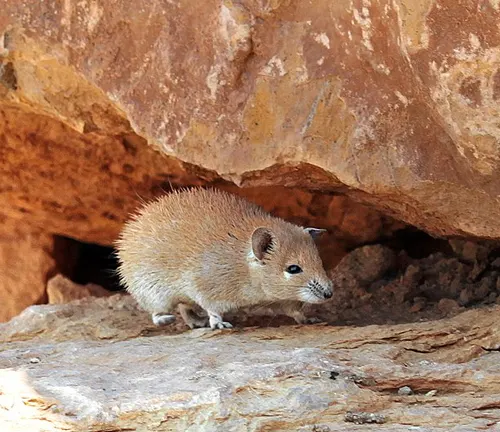
Acomys ignitus
(Golden spiny mouse)
Native to East Africa, including parts of Kenya and Tanzania. This species is known for its distinctive golden-brown coloration.
Acomys kempi
(Kemp’s spiny mouse)
Found in eastern and southern Africa, including countries like Mozambique and Zimbabwe. It inhabits a variety of environments, including savannas and rocky areas.
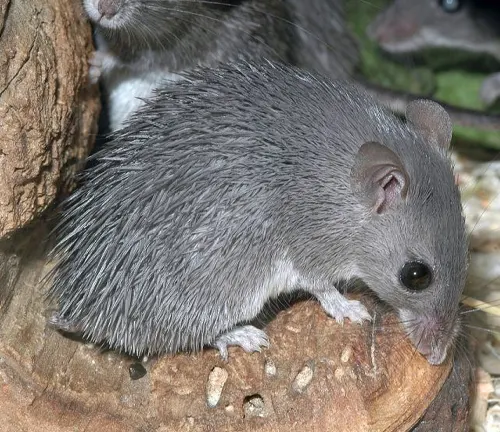

Acomys russatus
(Rusty-spotted spiny mouse)
Native to parts of East Africa, including Kenya and Tanzania. It is characterized by its rusty or orange-brown fur with white underparts.
Acomys wilsoni
(Wilson’s spiny mouse)
Endemic to Ethiopia, this species is adapted to the high-altitude environments of the Ethiopian Highlands.
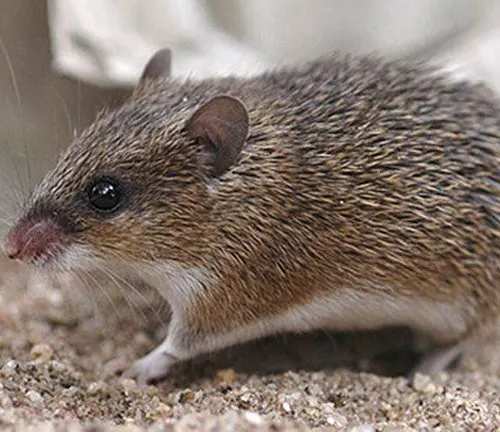
Frequently Asked Questions (FAQs)
- What is a spiny mouse?
A spiny mouse is a type of rodent belonging to the genus Acomys. It is known for its distinctive spiky fur and prominent spines. - Where are spiny mice found in the wild?
Spiny mice are native to regions in Africa and the Middle East, inhabiting a variety of environments ranging from arid to semi-arid landscapes. - Can spiny mice be kept as pets?
Yes, some species of spiny mice can be kept as pets. However, they have specific care requirements, and potential owners should thoroughly research and understand these before acquiring one. - What are the characteristics of spiny mice?
Spiny mice are characterized by their spiky fur, which serves as a form of protection. They are also known for their ability to shed their skin, a unique trait among rodents. - Do spiny mice make good pets?
Spiny mice can make interesting and unique pets for individuals with the time, resources, and dedication to meet their specific needs. They are known for their intelligence and social behaviors. - What do spiny mice eat?
In the wild, spiny mice have an omnivorous diet, consuming a variety of seeds, fruits, and insects. In captivity, their diet should be carefully balanced with a mix of seeds, grains, fruits, and vegetables. - How do spiny mice communicate?
Spiny mice communicate through various vocalizations, sounds, and body language. While not as vocal as some other rodents, they use these communication methods to convey information within their colonies. - Are spiny mice nocturnal?
Yes, spiny mice are primarily nocturnal, meaning they are more active during the night. In captivity, they may adjust their activity patterns based on their environment and the presence of stimuli. - What are the potential health concerns for spiny mice?
Like any pet, spiny mice can be susceptible to certain health issues. Respiratory infections, dental problems, and external parasites are among the common health concerns, emphasizing the need for regular veterinary care. - Are there legal considerations for owning spiny mice?
Depending on the region, there may be legal restrictions or requirements for owning spiny mice as pets. It’s important to check local regulations and obtain any necessary permits before acquiring one.


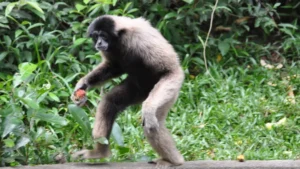



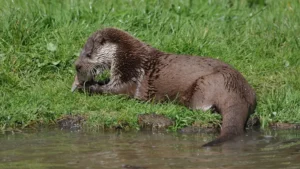

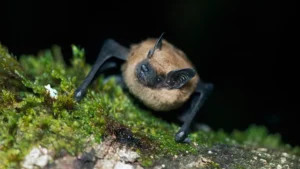



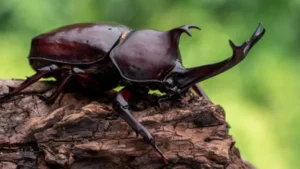
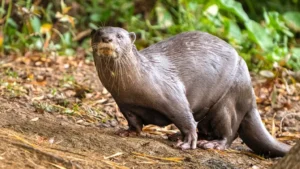
Leave your comment